Introduction
Samsung has long been a giant in the tech world, leading the way in innovation with its smartphones, televisions, and appliances. They’re a household name, trusted by millions. However, with any large company comes challenges. Samsung is no exception. Despite its leading position, the brand faces several ongoing issues, some affecting customer trust, product quality, and market competitiveness.
Problem: Issues with Samsung with Product Reliability
1. Battery and Overheating Problems
Samsung has repeatedly faced criticism for battery-related issues, most notably with the Galaxy Note 7. In 2016, the Galaxy Note 7 was released to much fanfare. But within weeks, reports of the phone overheating and catching fire made headlines around the world. The issue was traced to a battery design flaw. Samsung had to recall millions of units, and ultimately, the model was discontinued.
Though the Note 7 incident was years ago, Samsung still struggles with customer trust regarding battery reliability. Other models, like the Galaxy S10 and Galaxy S21, have also faced complaints of overheating, especially during intensive tasks like gaming or video recording. Samsung’s efforts to pack more power into thinner devices sometimes lead to excessive heat, which remains a problem even in their newer models.
2. Software Glitches and Bloatware
Another frequent complaint involves the software Samsung uses on its devices. While One UI, Samsung’s custom skin for Android, has been praised for its user-friendly design, it’s not without issues. Users often report random glitches, such as sudden app crashes, lagging screens, and slow response times.
Furthermore, Samsung is notorious for pre-installing numerous apps—also known as bloatware—on their devices. These apps take up storage space and are often difficult to remove. For many users, the inability to uninstall these preloaded apps creates frustration, making the user experience feel cluttered and slow.
3. Durability Concerns
Samsung’s flagship smartphones are marketed as premium products, but there are ongoing concerns about their durability. Many users report cracked screens and damaged frames from relatively small drops, suggesting the design focuses more on aesthetics than practical durability.
Although Samsung has attempted to address these concerns with features like Gorilla Glass Victus in recent models, the problem persists for users who don’t use protective cases. Compared to some of Samsung’s competitors, like Apple’s iPhones with Ceramic Shield protection, Samsung’s flagship phones can feel more fragile.
4. Customer Service Shortcomings
Even the best technology can falter, and when it does, good customer service can make a world of difference. Unfortunately, Samsung’s support services have come under fire for being slow and unhelpful. Multiple forums and customer feedback platforms are filled with complaints about long wait times, poor communication, and unresolved issues. This has left many customers frustrated, and feeling abandoned when they need support.
According to a 2022 case study by TechRadar, Samsung’s customer service scored significantly lower than competitors like Apple and Sony, with users particularly unhappy with the speed of repairs and response times. This adds to the frustration, especially when dealing with premium products.
Agitate: How These Issues Impact Users and Samsung’s Reputation
Now, let’s stir things up. These issues don’t just exist in isolation; they have real-world consequences. For customers, buying a premium product like a Samsung Galaxy phone or a high-end television comes with high expectations. When these expectations aren’t met, it creates frustration and disappointment. Here’s how these problems ripple out and affect users:
1. Battery Woes Leading to Safety Concerns
For many customers, the Galaxy Note 7 debacle left a lasting scar. After all, a phone that could potentially explode in your pocket is not something you quickly forget. Even though Samsung has moved past this event, the shadow of it lingers in the minds of customers. Battery anxiety is real, and Samsung users are often hesitant to trust their devices fully, particularly when they run hot during regular use.
Users may worry about leaving their phones charging overnight or in their car on a hot day, a fear that most competitors’ customers don’t experience to the same degree. This ongoing issue affects the brand’s reliability.
2. Software Frustration with Bloatware
Samsung’s habit of loading up phones with pre-installed apps can turn a sleek device into an annoyance. Imagine unboxing a new phone, only to find it cluttered with apps you’ll never use. Worse, some of these apps cannot be removed. This can create a bloated, sluggish experience right out of the box. For users who want a clean, customizable experience, this becomes a major pain point.
3. Durability Concerns Hurting User Confidence
When you spend upwards of $1000 on a smartphone, you expect it to last. Samsung’s durability issues mean users are forced to invest in expensive protective cases or risk costly repairs. Cracked screens and water damage are common complaints, even on phones marketed as being water-resistant.
The fact that many of Samsung’s flagship phones crack so easily with minor impacts makes users second-guess their decision to purchase. Meanwhile, competitors like Google’s Pixel and Apple’s iPhone are praised for their robust build quality, adding to Samsung’s struggle in this area.
4. Customer Service Failures Affect Loyalty
Perhaps the most frustrating issue for consumers is poor customer service. If a product has problems, most customers expect that they’ll be able to get help quickly. Samsung’s lack of responsive and effective customer service often leaves users stuck with faulty devices or waiting for weeks to get repairs. This leaves customers with a sour taste and often drives them to competitors.
For a company that relies on customer loyalty and brand prestige, bad customer service can lead to long-term damage to its reputation. Many users who have experienced poor customer service once are hesitant to return, regardless of future product quality improvements.
Solution: What Samsung is Doing (and Should Do) to Address These Issues
The good news is that Samsung is aware of these problems and has taken steps to address them. However, there’s still much more to be done if they want to regain the full trust of their customer base. Let’s look at what’s happening and what could happen next.
1. Improving Battery Design
Samsung has learned from the Note 7 incident, and their more recent devices come with stronger battery management systems. For example, the Galaxy S21 and S22 models feature improved cooling mechanisms and software updates to prevent overheating. However, these improvements still don’t go far enough, as the problem of overheating hasn’t been fully resolved.
To truly restore confidence, Samsung needs to further innovate in battery technology. This might include implementing graphene batteries, which have been touted as the future of safer, more efficient power storage. Doing so could eliminate the fear of overheating and provide longer battery life—two areas where Samsung can win back trust.
2. Cleaning Up Software and Reducing Bloatware
Samsung has already started to scale back on bloatware in recent models. For example, in the Galaxy S21, users reported fewer pre-installed apps compared to older devices. While this is a step in the right direction, Samsung can go further by offering users the option to uninstall all non-essential apps.
Additionally, addressing software glitches through more regular and thorough updates would help improve the overall user experience. Samsung’s One UI system has the potential to be one of the best Android interfaces, but it needs to be streamlined and polished to ensure it runs smoothly.
3. Focusing on Durability
To fix its durability problem, Samsung should focus on designing devices that are as tough as they are beautiful. Gorilla Glass Victus was a good start, but customers still report too many broken screens and fragile frames.
A more durable design will not only help with customer satisfaction but also reduce repair costs and the environmental impact of broken devices. Samsung could take a page from Apple’s Ceramic Shield technology and implement even stronger materials without compromising the sleek look that users love.
4. Rebuilding Customer Service
If Samsung wants to win back customer loyalty, it must revamp its customer service system. This means more accessible support, faster response times, and better communication with customers. Offering perks like free shipping for repairs, or expanding the network of authorized service centers, could go a long way in making customers feel cared for.
Furthermore, Samsung should create a more user-friendly warranty process, so that customers can resolve issues without jumping through hoops. Loyalty is built through trust, and improving customer service is one of the easiest ways to rebuild that trust.
Conclusion
While Samsung remains one of the top technology companies in the world, its journey has not been without bumps. From battery issues to software glitches and poor customer service, Samsung has plenty of areas to improve. However, they’ve shown a willingness to learn from past mistakes and make changes that benefit their users.
If Samsung continues to invest in better technology, more durable designs, and improved customer support, it can restore its reputation and continue to lead the tech industry. For now, customers must stay informed about the challenges and solutions surrounding this tech giant.
External Web References






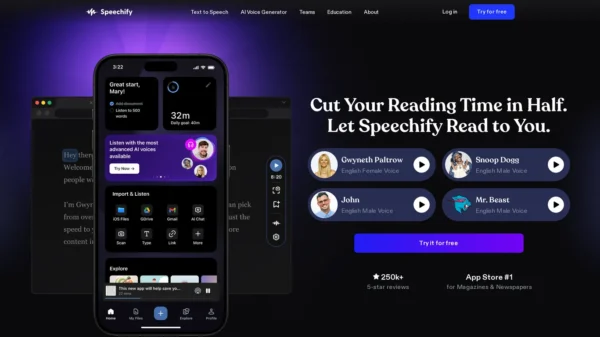




















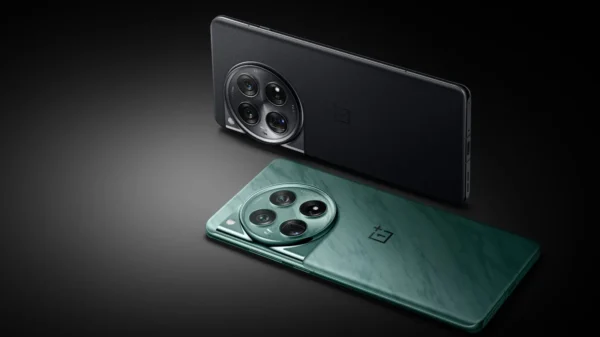





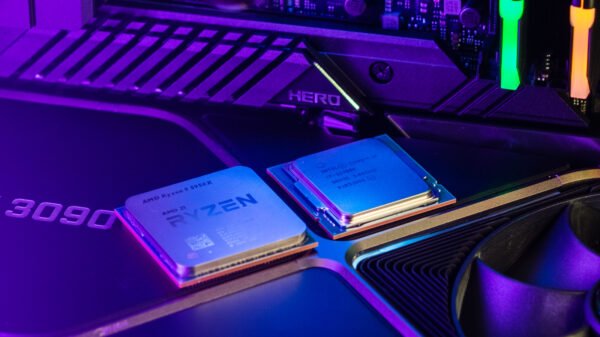





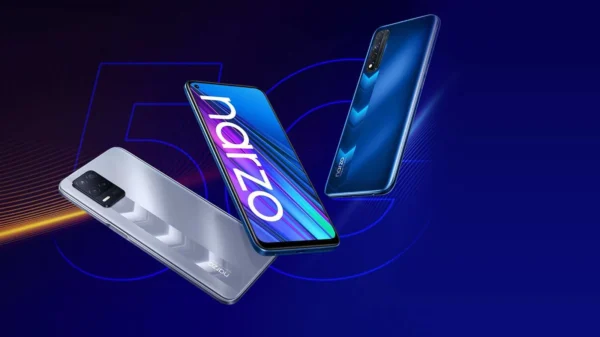







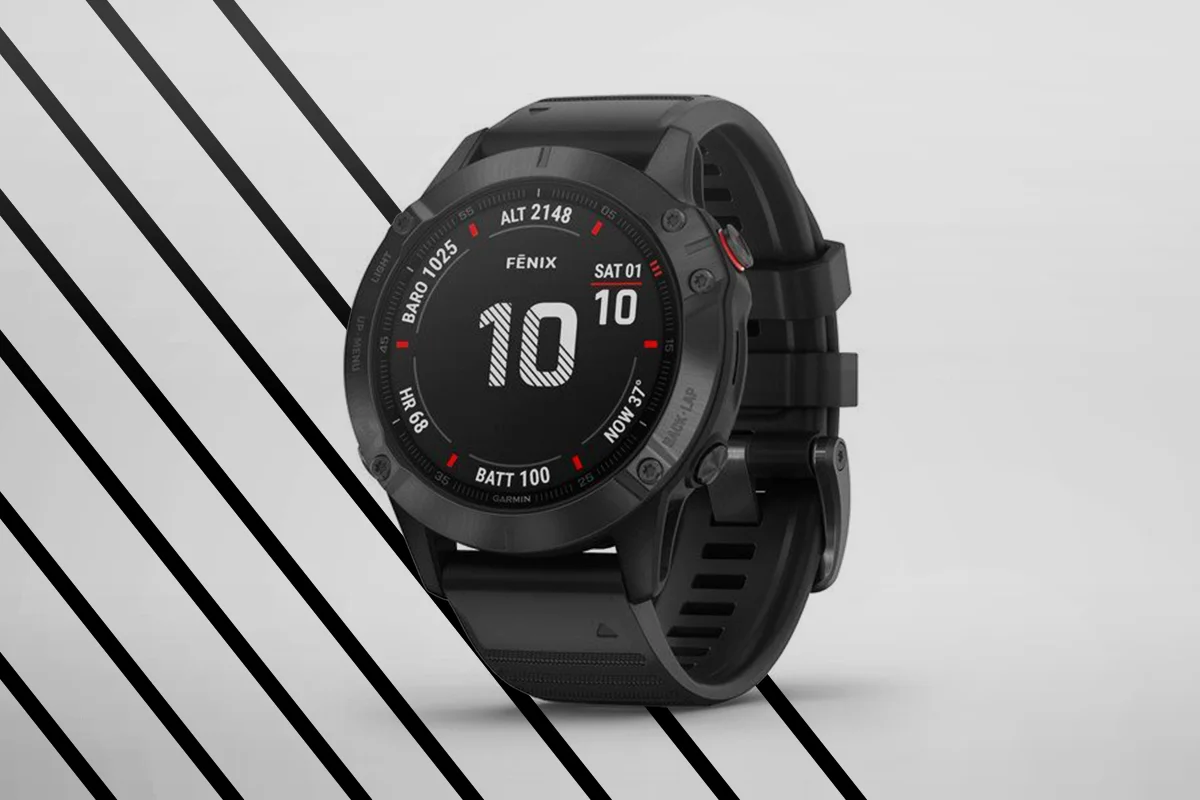

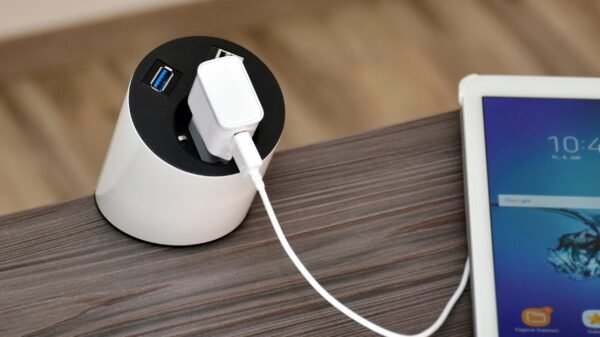
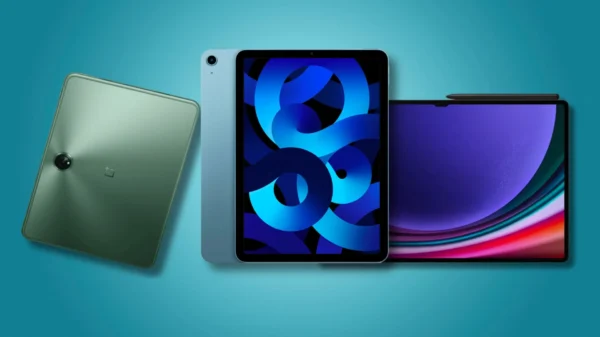













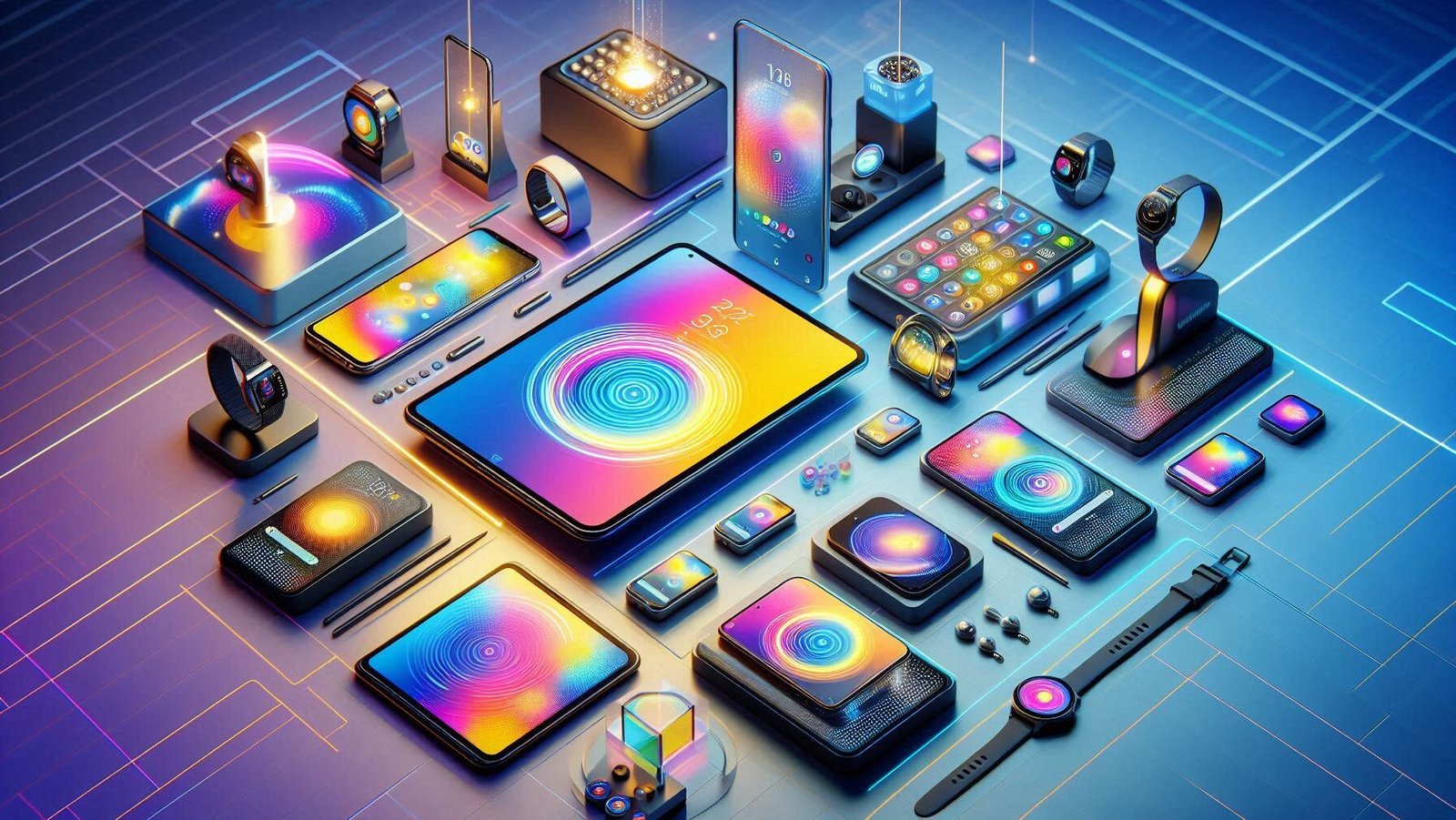




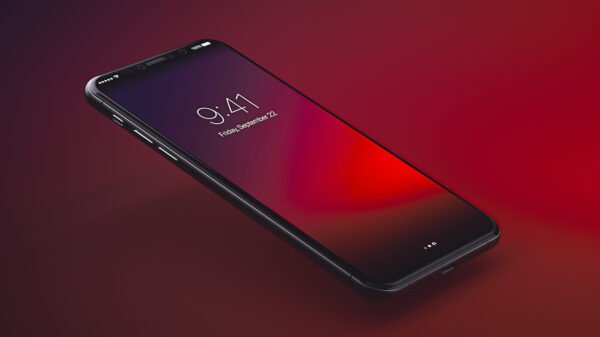

Pingback: Lunex Network Crypto: A Comprehensive Overview 2024
temporary mail
October 13, 2024 at 1:35 pm
I am truly thankful to the owner of this web site who has shared this fantastic piece of writing at at this place.
Technoob
October 14, 2024 at 9:24 pm
Technoob I’m often to blogging and i really appreciate your content. The article has actually peaks my interest. I’m going to bookmark your web site and maintain checking for brand spanking new information.